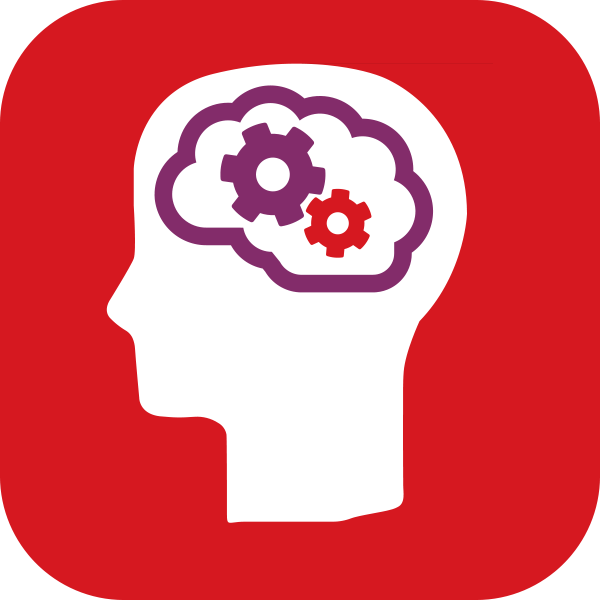Schools are missing a trick if they only use CAT4 to help plug the current data gap at transition, argues James O’Brien. It’s a far more useful and long-term assessment tool.
The cancellation of SATs for two years’ running has inevitably deprived schools of the national data they used to rely on at a key moment for them and their students – the transition from Year 6 to Year 7. Most have sought to plug the information gap with additional assessments, a popular choice being the well-known and well-regarded Cognitive Abilities Test (CAT4). CAT4 provides schools with a well-developed picture of children’s abilities and an accurate national benchmark – but as James O’Brien points out, it can do so much more.
“The great thing about CAT4 is that it gives a broader assessment of a student’s strengths and weaknesses that isn’t necessarily obvious from their SATs scores,” James explains. “SATs may give you the rough outlines of a child’s abilities, but the exams leave a lot of unexplored ability areas to fill in. CAT4 really lifts the lid on any child’s potential as well as shedding a light on why they may struggle with learning.”
Children who lack confidence, for instance, may be content to perform at a level that allows them to fit in with the class average but this might be below the level their CAT4 scores indicate they could achieve. Or they may have scored relatively poorly in one area but excelled in others. “CAT4 is excellent at highlighting comparable skill sets,” explains James. “A student might score poorly in verbal reasoning but do well in non-verbal, quantitative or spatial reasoning, for example. And that comparison will provide an indication of their potential that might not be obvious from a SAT score alone.”
In short, CAT4 alerts teachers to both the possibility of over-achievement and the interventions that might be necessary to counter under-achievement.
Using CAT4 from transition to GCSE
James, who was a science teacher before joining GL Assessment, currently heads up their Assessment Insights team, made up of former teaching professionals who advise schools on how to get the best possible use from their data. He says another key feature of CAT4 data is its use beyond Year 7. Teachers can use it for performance indicators for GCSE, which is incredibly useful when students are making subject choices in Year 9, or if questions are raised about how pupils are progressing in different subjects in KS3.”
Different departments in a school will be interested in different aspects of the results, James says. “English teachers may pay particular attention to the verbal reasoning scores, as this battery is strongly correlated with GCSE English Language and English Literature outcomes. However, it's the mean score that correlates most highly with GCSE outcomes in other subjects, so this would be a good starting point for other departments. In addition, the spatial reasoning battery would be of particular interest to STEM teachers, whereas the SEND team would be interested to learn of any large differences between a student’s verbal and non-verbal reasoning scores.”
The point is, James says, is that schools are missing a trick if they only use CAT4 data for transition and don’t mine it for the wealth of data that can help teachers guide their students as they progress to GCSEs. “It is so much more than a short-term solution.”
The power of triangulating your data
Used in combination with other tests within GL Assessment’s portfolio – such as the Progress Test Series or the New Group Reading Test – CAT4 data becomes even more potent because teachers can triangulate datasets for a more complete picture. This comparison is done automatically via GL Assessment’s Combination Reports.
“Teachers can look at Progress Test Series scores, which measure year-on-year attainment and progress at the end of Years 7, 8 and 9, and compare them with CAT4 scores. If the PT scores are lower than the CAT4 scores, this would suggest a student that hadn’t reached their full potential. And of course, the opposite could be true if the scores were reversed.”
The reports that come with the assessment are also invaluable, James points out. They provide a snapshot of a child’s abilities and how they compare over time and nationally. “It’s simple to share the information with other staff as well as students and their parents,” James says. “A teacher who was new to a class in Year 8 or 9, for example, can simply look at the CAT4 scores of their students and get a quick understanding of their abilities and what the challenges and potential may be.”
But James also appreciates that schools sometimes need help to make the most of the data they have. “Part of the service we offer is a free one-to-one data consultation from our in-house experts in the Assessment Insights team. We will look at a school’s data, provide an objective summary and then help teachers think about what the next steps should be. It’s proved to be an incredibly popular and effective service.”
James O’Brien is Senior Education Adviser at GL Assessment.


